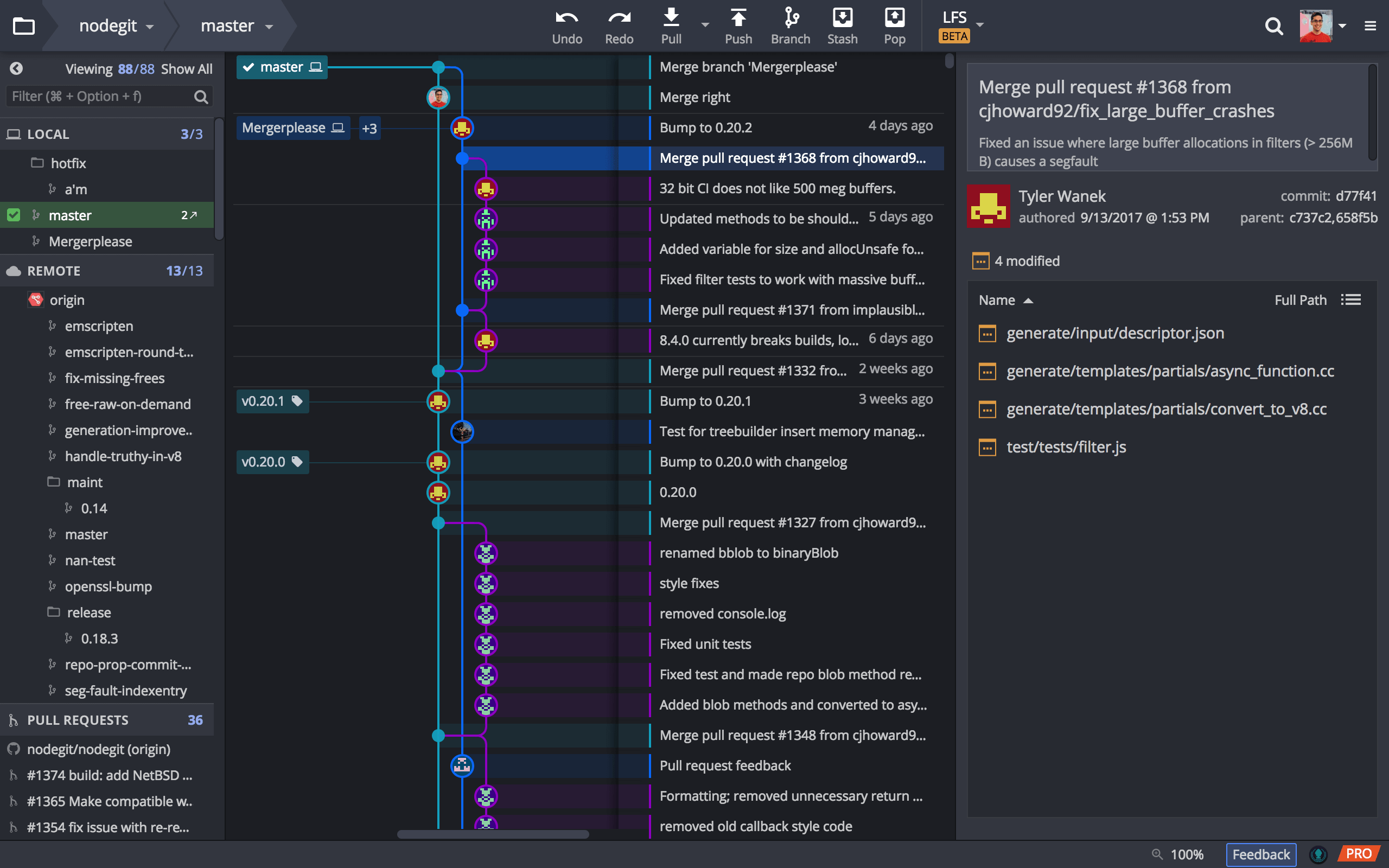

If your commit is successful, you can hit the ‘ Push‘ button at the top of your GitKraken window:.Hit the green Commit button down the bottom.This commit viewer also includes a field where you must input a commit message, and a commit button for when you’re ready to execute your commit. It will show you un-staged files that need to be moved into staging. When you select this commit, your file viewer on the right-hand side becomes a commit dialogue. Keep an eye out for a certain commit that appears at the very top, it’s a special commit called “ WIP” and will ONLY appear when you have made changes to files in your project. Remember that you can see all of your commits in your main project screen (see the above image). Note that for new projects, this will be quite empty. Either your email address or username will suffice.Īll done, you’ll see a progress bar, and when that’s completed, you’ll be able to see your entire history of commits. It will probably ask you for your username and password, it’s referring to your GitLab credentials. Hit the ‘ Clone the repo!‘ button when ready to clone. URL: This is the address you just copied from GitLab.Where to clone to: Select the folder that holds all of your Git projects, for me this is D:\dev.In GitKraken, browse to File > Clone Repo.Copy your HTTPS address from GitLab (If you’re aware of SSH, don’t worry, I cover that too): As with all Git projects, the first thing we need to do is Clone our project on to our computer.Always remember to pull before you start working for the day. This is mainly used if you’ve personally been working from several different computers, or if you’re working with team members who have been pushing to the same branch. If your local repository is out of date due to changes pushed to the remote from somewhere else, grab those changes and merge them in to your local. Send your work from your local repository to the remote repository.

I’ll be looking at the basics that you need no matter which Git client you’re working with, to explain how this terminology is put to use in GitKraken:Ĭopy your repository from the remote repository.
GITKRAKEN GITLAB HOW TO
Hopefully you are familiar with Git terminology or have read my guide, What is Git?, as I will be explaining here how to Clone, Stage / Commit / Push and Pull in GitKraken.


 0 kommentar(er)
0 kommentar(er)
